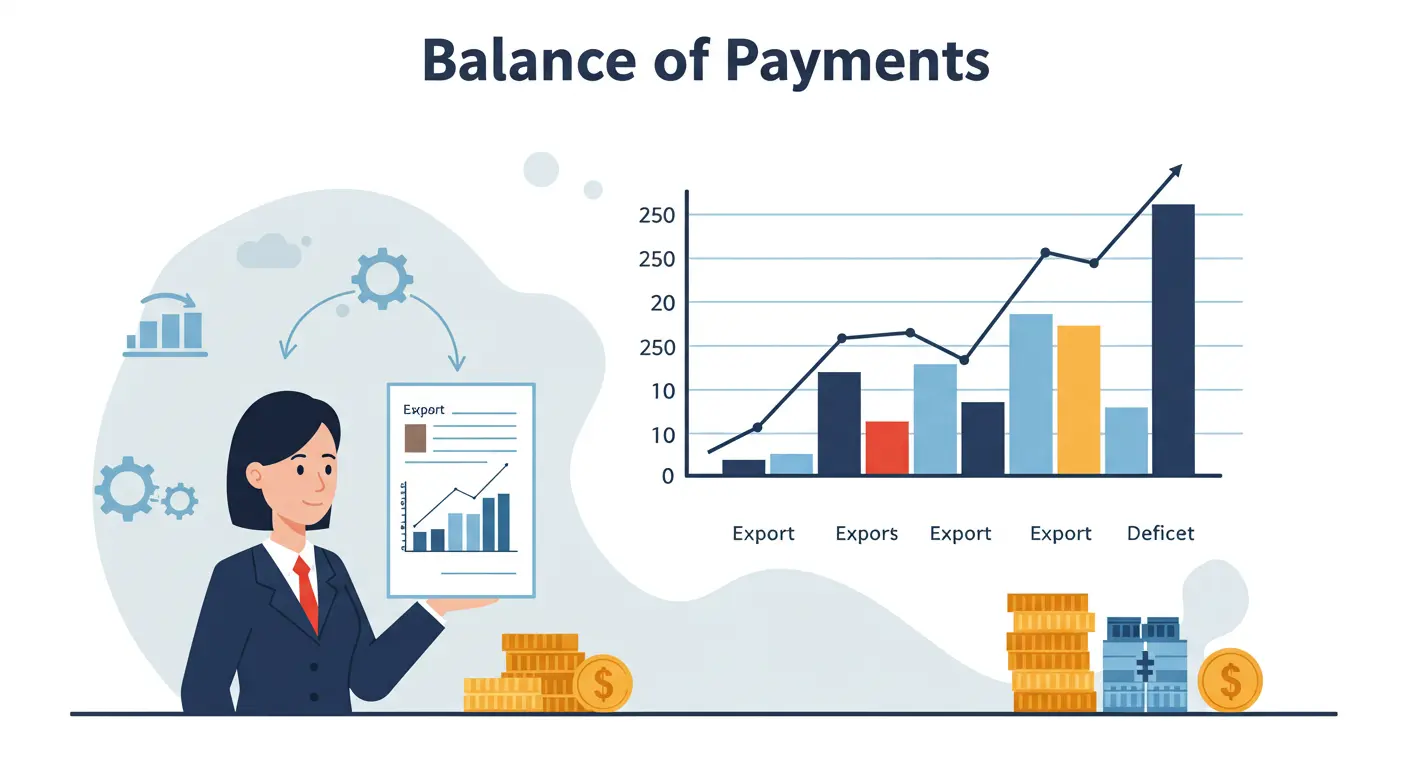Introduction:
Financial insights refer to the meaningful and actionable understanding derived from analyzing financial data, trends, and performance. Understanding a company’s financial health is based on three essential functional statements: the balance sheet, income statement, and cash flow statement. We should dive into every one of these assertions, unwinding their importance and primary catchphrases.
Balance sheet
A balance sheet is a financial statement that provides a snapshot of a company’s financial position at a specific point in time. This crucial document outlines the company’s assets, liabilities, and equity, clearly showing its overall financial standing. By understanding the key functional statements within the balance sheet, business owners and financial professionals can make informed decisions that drive growth and stability.
At the heart of the balance sheet are the key functional statements: assets, liabilities, and equity. Assets represent the resources owned by the business, such as cash, inventory, and property. Liabilities, on the other hand, encompass the company’s financial obligations, including loans, accounts payable, and accrued expenses. Equity, the final component, represents the residual interest in the assets of the business after deducting its liabilities.
By carefully analyzing these functional statements, businesses can gain valuable insights into their financial health. A strong balance sheet, with a healthy ratio of assets to liabilities, indicates financial stability and the ability to weather economic storms. Conversely, an imbalance in these key areas may signal the need for strategic adjustments to improve the company’s overall financial standing.
By understanding the intricacies of this financial statement, business leaders can navigate the complexities of the modern business landscape and ensure the long-term success of their organization.
Income statement
An income statement is a financial document summarizing a company’s revenues, expenses, and profits over a specific period. This document is essential for understanding a business’s profitability and is a crucial tool for decision-making.
The income statement is composed of several key functional statements that work together to paint a complete picture of a company’s financial health. These statements include revenue, cost of goods sold, gross profit, operating expenses, operating income, and net income. Revenue represents the total amount of money a company earns through the sale of its products or services. The cost of goods sold, on the other hand, reflects the direct costs associated with producing those goods or delivering those services.
Working costs include the roundabout expenses of maintaining the business, like paying rates, leasing, and utilities. Subtracting these expenses from gross profit yields operating income, which represents the company’s profitability from its core business activities.
Finally, net income is the bottom line, reflecting the company’s overall profitability after accounting for all expenses, including taxes and other non-operating items. This figure is crucial for investors and stakeholders in evaluating the financial performance of the business.
By understanding the key functional statements within the income statement, business owners, investors, and analysts can make informed decisions about the company’s financial health, identify areas for improvement, and develop strategies for long-term success.
Cash Flow Statement
The cash flow statement is a crucial financial document that provides invaluable insights into a company’s liquidity and financial health. This statement details the inflows and outflows of cash, allowing businesses to understand the sources and uses of their cash resources.
At the heart of the cash flow statement are the key functional statements, which offer a comprehensive view of a company’s cash movements. The Operating Activities section showcases the cash generated or consumed through day-to-day business operations, highlighting the efficiency of a company’s core activities. The Investing Activities section reveals the cash used for or received from investments, such as the purchase or sale of assets, providing a window into a company’s long-term growth strategy.
By carefully analyzing these key functional statements, businesses can make informed decisions about managing their cash resources, planning for future investments, and ensuring financial stability. The cash flow statement is an indispensable tool in the arsenal of any savvy financial professional, offering a clear and concise picture of a company’s cash flow dynamics.
Conclusion
By integrating the insights from these financial statements, shareholders can gauge the overall performance and sustainability of the business. A profitable income statement, a strong balance sheet, and healthy cash flows mutually indicate a company that is well-positioned for future growth and stability. Conversely, discrepancies or weaknesses in any of these areas may signal potential financial challenges.
Q1. How do these statements interrelate?
These statements are interconnected. The income statement impacts the balance sheet through retained earnings, and the cash flow statement links both by showing the cash impact of income and balance sheet changes. Together, they provide a holistic view of the company’s financial health.
Q2. How does the balance sheet help in assessing financial stability?
The balance sheet helps assess financial stability by showing the company’s assets, liabilities, and equity. A healthy balance sheet typically features a higher proportion of assets relative to liabilities, indicating its ability to meet short-term and long-term obligations.
Q3. What insights can be derived from the cash flow statement?
The cash flow statement provides insights into the company’s liquidity and cash management practices. Positive cash flow from operating activities indicates a healthy core business, while cash flows from investing and financing activities reveal the company’s growth strategies and capital management.
















